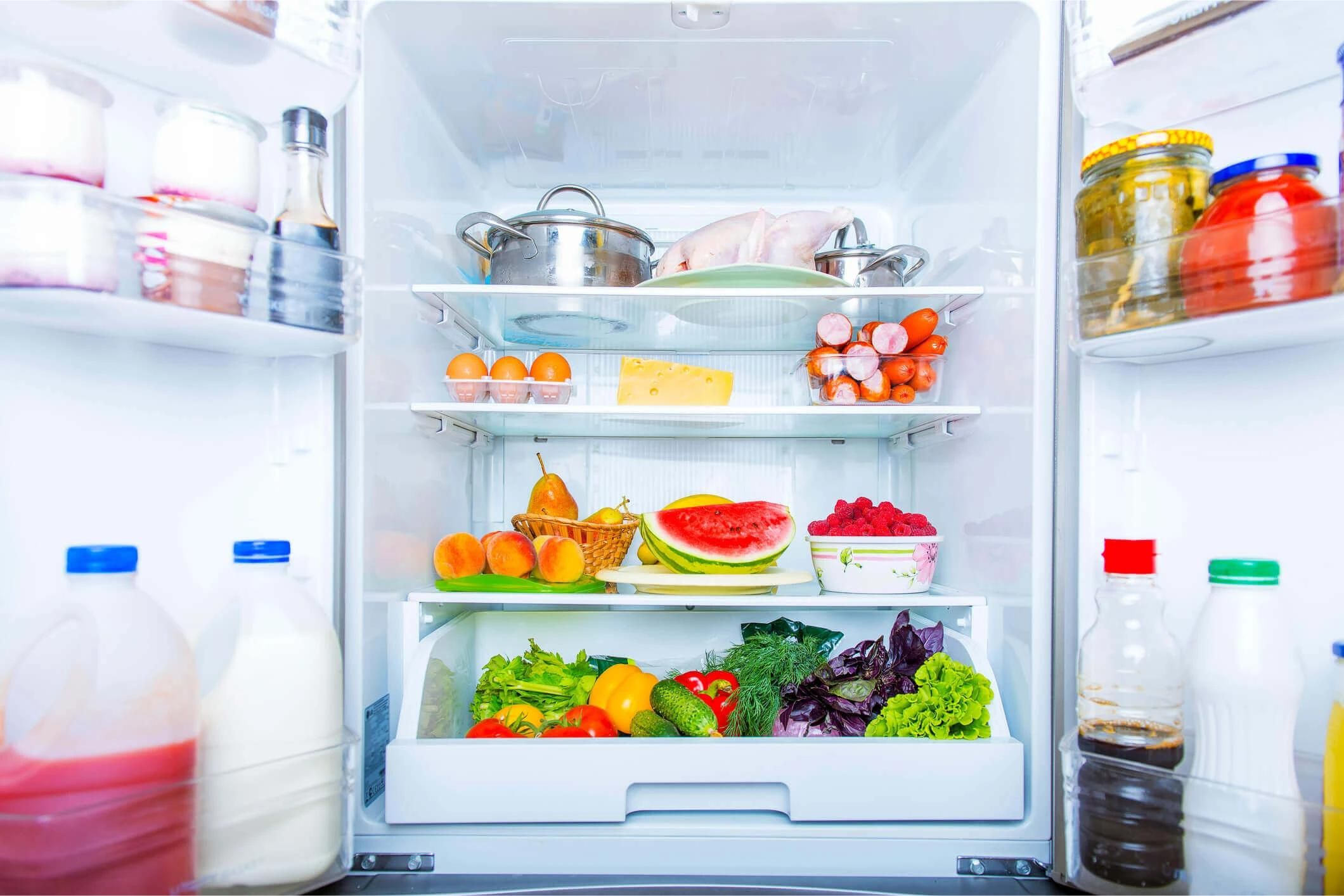

Articles
How To Safely Store A Refrigerator
Modified: January 7, 2024
Learn the essential methods for proper refrigerator storage with our informative articles. From organization tips to food safety guidelines, we've got you covered.
(Many of the links in this article redirect to a specific reviewed product. Your purchase of these products through affiliate links helps to generate commission for Storables.com, at no extra cost. Learn more)
Introduction
Storing a refrigerator properly is crucial to ensure its longevity and prevent any damage during periods of non-use or relocation. Whether you’re moving to a new home or storing the refrigerator temporarily, following the right steps can help keep your appliance in optimal condition.
In this article, we will guide you through the process of safely storing a refrigerator. By following these steps, you can protect your appliance from scratches, mold, mildew, and mechanical issues that may arise from improper storage. So let’s dive in!
Key Takeaways:
- Properly storing a refrigerator involves emptying, cleaning, and securing components to prevent damage and maintain functionality. Follow these steps to ensure your appliance remains in optimal condition during storage.
- Choosing a suitable storage location, disconnecting and draining the refrigerator, and reassembling it properly are crucial for preserving its longevity and avoiding potential damage. Take the time to follow each step carefully to ensure the appliance’s continued reliability.
Read more: How To Store Money In A Safe
Step 1: Emptying the Refrigerator
The first step in storing a refrigerator is to empty its contents. Start by removing all food items from the shelves, drawers, and door compartments. Check for any perishable items that may have expired and dispose of them properly.
Next, remove any removable shelves, drawers, and door bins from the refrigerator. These parts can be fragile, so handle them carefully to avoid any damage. Clean them separately before storing to prevent any odors or residues from lingering.
Once the refrigerator is empty, unplug it from the power source. This will help save energy and prevent any electrical accidents when moving or storing the appliance.
Remember to leave the refrigerator door open for a while to allow any residual moisture to evaporate. This step is essential to prevent the growth of mold or mildew during storage.
By thoroughly emptying the refrigerator and removing all perishable items, you can ensure that your appliance remains clean and free of any unwanted odors during the storage period. This will also make the moving process easier and more convenient.
Step 2: Cleaning the Refrigerator
Before storing a refrigerator, it’s essential to clean it thoroughly to prevent any dirt, stains, or food residue from causing odors or attracting pests during storage.
Start by unplugging the refrigerator and removing any shelves, drawers, and door bins that can be cleaned separately. Wash these parts with warm soapy water and dry them thoroughly before storing them.
Next, wipe down the interior surfaces of the refrigerator with a mixture of mild detergent and warm water. Pay attention to corners, crevices, and seals where dirt and grime can accumulate. For stubborn stains or residue, use a non-abrasive cleaner or baking soda paste.
Don’t forget to clean the exterior of the refrigerator as well. Use a damp cloth and mild detergent to wipe down the surfaces, including the handles and control panel.
Once you’ve cleaned the refrigerator, give it some time to air dry before moving on to the next steps. This will ensure that no moisture is trapped inside, which can lead to mold or mildew growth during storage.
By thoroughly cleaning the refrigerator, you’ll not only prevent any unpleasant odors but also maintain its overall hygiene. This step is vital, especially if you plan on storing the refrigerator for an extended period.
Step 3: Removing Shelves and Drawers
In order to optimize storage space and protect the shelves and drawers from damage, it is important to remove them from the refrigerator before storing it.
Start by opening the refrigerator door and assessing the layout of shelves and drawers. Most modern refrigerators have adjustable or removable shelves, so adjust them to create more space if needed.
Once you have determined the optimal arrangement, carefully remove each shelf and drawer by lifting them up and out of their designated slots. Take note of the order in which they are stacked to ensure easy reassembly later.
When removing the shelves and drawers, be mindful of any glass or delicate components. Handle them with care to avoid any breakage or scratches.
If you have a freezer compartment with separate shelves and drawers, follow the same process to remove them. Again, handle each piece with caution to avoid any damage.
After removing the shelves and drawers, clean them separately using warm soapy water. Rinse them thoroughly and let them air dry before proceeding to the next steps.
By removing the shelves and drawers, you are not only ensuring their safety during storage but also creating more space within the refrigerator. This will help prevent any shifting or damage to these components while the refrigerator is being moved or stored.
Step 4: Wrapping and Securing Shelves and Drawers
To protect the shelves and drawers from scratches and damage during storage, it is important to wrap them properly before storing.
Start by obtaining suitable materials for wrapping, such as bubble wrap or packing paper. These can provide an extra layer of cushioning to prevent any impacts or shifting during transportation.
Carefully wrap each shelf and drawer individually, ensuring that all surfaces are covered. Secure the wrap with tape to hold it in place. Pay special attention to any glass or fragile components, providing additional padding if necessary.
For additional protection, you can place the wrapped shelves and drawers inside a sturdy box or container. Make sure to fill any empty spaces with packing material, such as foam peanuts or crumpled paper, to prevent shifting during storage.
Label the box or container clearly with the contents, using a permanent marker. This will make it easier to locate and identify the shelves and drawers when it’s time to reassemble the refrigerator.
Store the wrapped shelves and drawers in a dry and clean area away from any potential sources of damage, such as moisture or extreme temperatures. Ideally, they should be stored in an upright position to minimize the risk of warping or breakage.
By properly wrapping and securing the shelves and drawers, you are ensuring their safety and minimizing the chances of any damage occurring during storage and transportation. This step will help preserve the integrity of these components, allowing for a smooth reassembly process later on.
To store a refrigerator, first unplug it and clean the interior and exterior. Leave the doors slightly ajar to prevent mold and mildew. Use a refrigerator dolly to move it to a dry, climate-controlled storage space.
Read more: How To Store Fireworks Safely
Step 5: Disconnecting and Draining the Refrigerator
Before storing a refrigerator, it is important to properly disconnect and drain any water supply to prevent leaks and water damage.
If your refrigerator is equipped with a water dispenser or ice maker, start by turning off the water supply. Locate the water shut-off valve typically located behind the refrigerator or under the sink. Rotate the valve clockwise to shut off the water flow.
Once the water supply is turned off, dispense any remaining water from the dispenser or ice maker into a sink or container. This will prevent water accumulation and potential mold or bacterial growth during storage.
Next, disconnect the water supply line from the back of the refrigerator. This line is usually connected with a compression fitting or a threaded nut. Use an adjustable wrench to loosen the connection and carefully remove the line.
After disconnecting the water supply line, drain any excess water that may be present in the line. Hold the line over a sink or bucket and allow any remaining water to flow out.
It is also crucial to check and empty the refrigerator’s drip pan. This pan collects condensation and other liquids that may accumulate during normal operation. Remove the pan carefully and dispose of any collected liquid.
By disconnecting and draining the refrigerator properly, you are minimizing the risk of leaks and water damage during storage. This step will help ensure a hassle-free experience when it’s time to reconnect the appliance in the future.
Step 6: Moving the Refrigerator
Moving a refrigerator requires careful planning and proper handling to avoid damage to the appliance and any surrounding objects. Follow these steps to move your refrigerator safely:
1. Enlist the help of at least one other person to assist with the moving process. Refrigerators can be heavy and difficult to maneuver on your own.
2. Clear a path to ensure a smooth and unobstructed route for moving the refrigerator. Remove any obstacles such as furniture, rugs, or other items that may hinder the movement.
3. Before lifting the refrigerator, ensure that both the front and back are securely closed and locked. This will prevent the doors from swinging open during transport.
4. Position yourself at one side of the refrigerator and have your helper stand on the opposite side. Make sure to bend your knees and use your legs for lifting, avoiding any strain on your back.
5. Lift the refrigerator slowly and steadily, keeping it close to your body. Avoid tilting it excessively, as this can cause damage to the internal components.
6. Use a strong and sturdy dolly or hand truck to transport the refrigerator. Secure the appliance to the dolly with straps or bungee cords to prevent it from slipping or falling.
7. Move the refrigerator slowly and carefully, paying attention to any narrow doorways, corners, or stairs. Take breaks if needed to avoid fatigue and maintain proper control over the appliance.
8. When positioning the refrigerator in its new location, ensure that it is placed on a level surface. Use a level tool to make any necessary adjustments to achieve perfect balance.
By following these steps, you can safely move your refrigerator to its new location without causing any damage to the appliance or your surroundings.
Step 7: Storing the Refrigerator in a Suitable Location
Choosing the right location to store your refrigerator is crucial to ensure its safety and proper functioning during the storage period. Consider the following factors when selecting a suitable storage spot:
1. Temperature and humidity: Opt for a storage area with a controlled temperature and humidity level. Extreme temperatures or high humidity can damage the refrigerator’s internal components or cause the growth of mold and mildew.
2. Protection from sunlight: Keep the refrigerator away from direct sunlight, as prolonged exposure can lead to discoloration and potential damage to the exterior finishes.
3. Adequate ventilation: Ensure that the storage area provides proper ventilation to prevent the buildup of stale air and odors. Good airflow will help maintain a fresh environment inside the appliance.
4. Level surface: Place the refrigerator on a flat and level surface to prevent any uneven weight distribution, which can strain the compressor and affect the appliance’s performance.
5. Clearance space: Allow sufficient space around the refrigerator to prevent any obstructions and ensure adequate airflow. This includes leaving enough room for proper ventilation at the back and sides of the appliance.
6. Protection from pests: Take measures to prevent pests, such as rodents or insects, from accessing the storage area. Ensure that the space is clean and free from any potential food sources that may attract pests.
7. Security: If storing the refrigerator in a storage unit or garage, ensure that the area is secure and protected from unauthorized access. This will help prevent any potential theft or damage to the appliance.
Consider these factors when selecting a suitable location to store your refrigerator. By providing the right conditions, you can maintain the appliance’s integrity during the storage period and ensure its smooth operation when you’re ready to use it again.
Step 8: Reassembling the Refrigerator
After the storage period, it’s time to reassemble your refrigerator to bring it back into operation. Follow these steps to ensure a smooth reassembly process:
1. Start by removing any protective wrapping from the shelves, drawers, and other components that were stored separately. Check for any damage or breakage and replace any parts if necessary.
2. Position the refrigerator in its designated location, making sure that it is placed on a level surface. Use a level tool to check for balance and make any adjustments if needed.
3. Reattach and secure any shelves, drawers, and door bins back into their designated slots. Refer to the notes or labels you made during the disassembly process to ensure proper placement.
4. Reconnect the water supply line if your refrigerator has a water dispenser or ice maker. Make sure the connection is tight and secure, and turn on the water supply valve.
5. Plug in the refrigerator to the power source and ensure that it is functioning properly. Set the desired temperature and allow the appliance to cool down before placing any perishable items inside.
6. Take a final check of the refrigerator, ensuring that all compartments, seals, and doors are properly closed and functioning. Listen for any unusual noises or vibrations and address them if needed.
7. Clean the exterior surfaces of the refrigerator to remove any dust or dirt that may have accumulated during storage. Use a mild detergent and a soft cloth for this task.
By following these steps, you can safely and efficiently reassemble your refrigerator, bringing it back into operation after the storage period. This will ensure that the appliance functions properly and provides you with years of reliable service.
Read more: How To Store Cash In A Safe
Conclusion
Storing a refrigerator properly is essential to maintain its longevity and functionality. By following the steps outlined in this article, you can ensure that your refrigerator remains in optimal condition during the storage period.
From emptying and cleaning the refrigerator to removing shelves and drawers, properly wrapping and securing components, disconnecting and draining, moving, selecting a suitable storage location, and finally reassembling the appliance, each step plays a vital role in the preservation and protection of your refrigerator.
Remember to take your time during each step and handle the refrigerator with care to minimize any potential damage. Utilize suitable wrapping materials, ensure proper disconnection and drainage, and choose a safe and suitable storage location to prevent any adverse effects on your appliance.
When it’s time to bring the refrigerator back into operation, follow the reassembly steps to ensure a smooth transition. Double-check connections, cleanliness, and functionality before loading perishable items, and enjoy the continued convenience that your refrigerator provides.
By implementing these storage guidelines, you can extend the lifespan of your refrigerator and avoid costly repairs or replacements. Proper care during the storage period will ensure that your refrigerator continues to serve you well for years to come.
Frequently Asked Questions about How To Safely Store A Refrigerator
Was this page helpful?
At Storables.com, we guarantee accurate and reliable information. Our content, validated by Expert Board Contributors, is crafted following stringent Editorial Policies. We're committed to providing you with well-researched, expert-backed insights for all your informational needs.
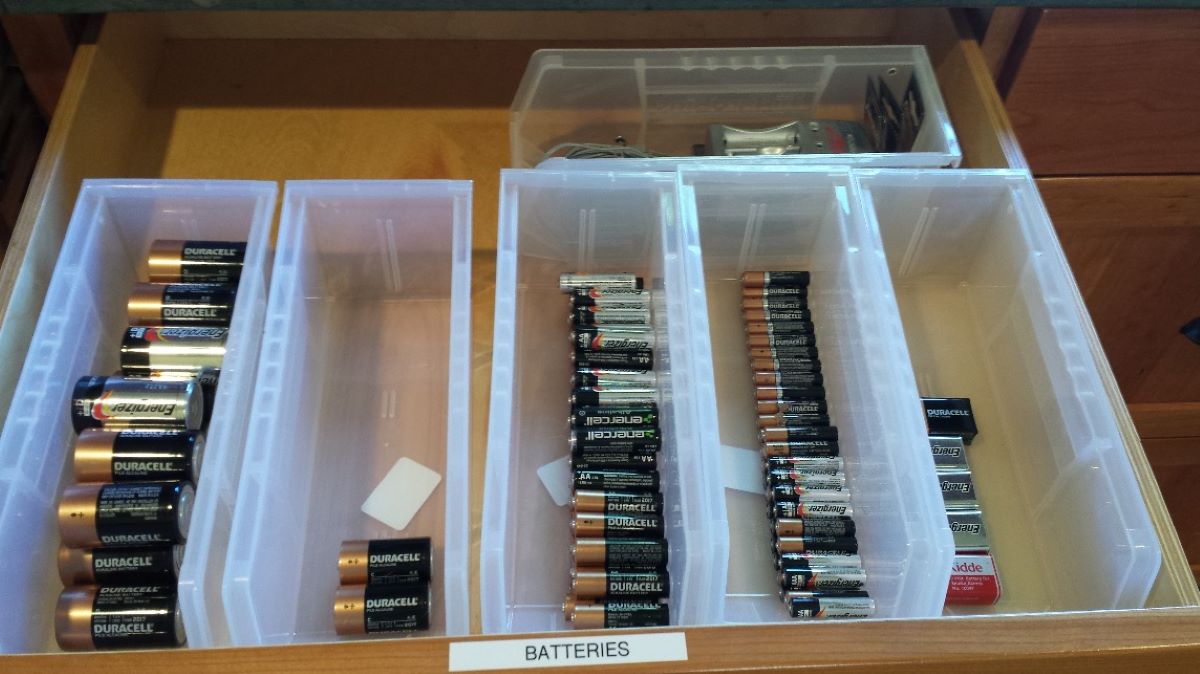
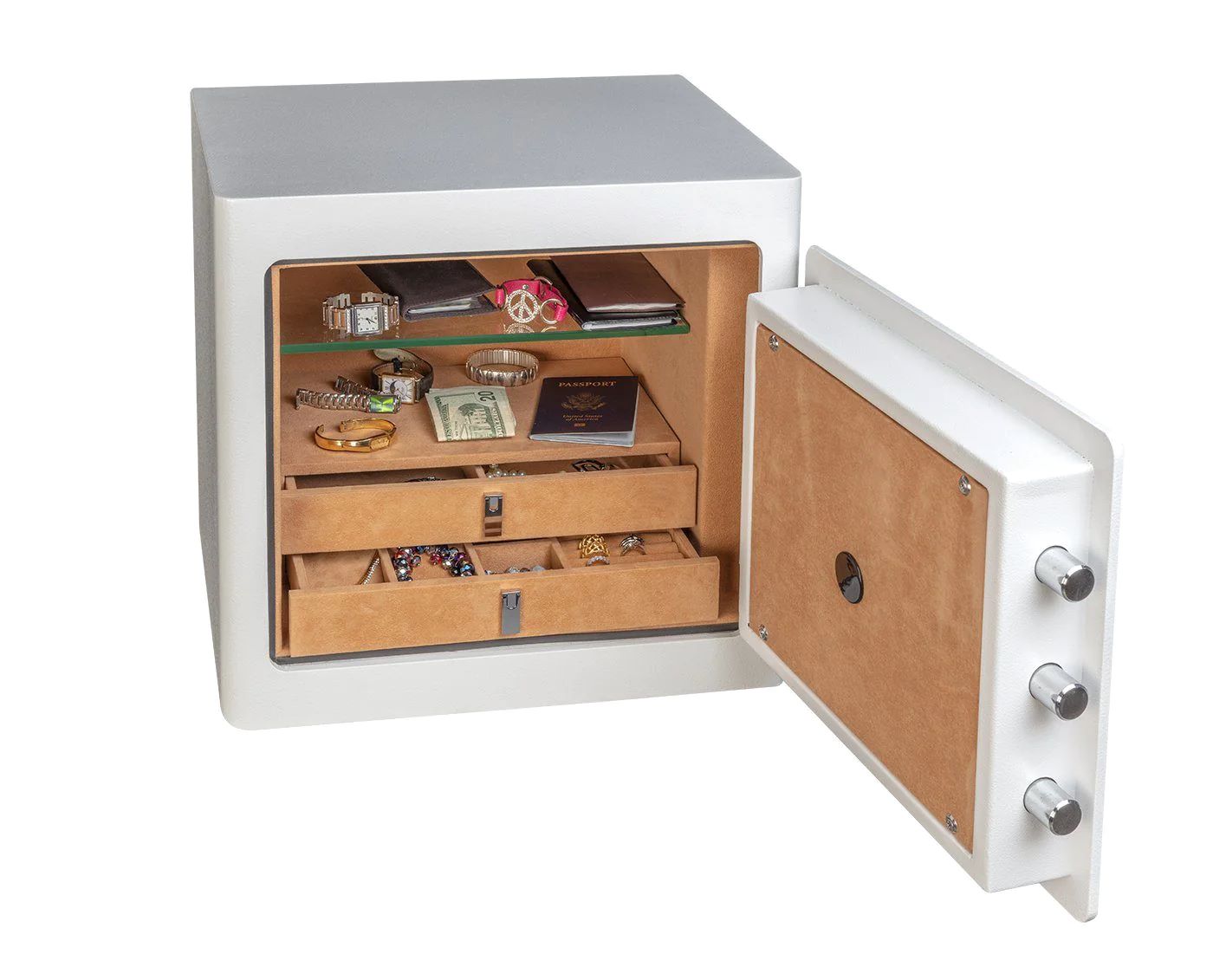
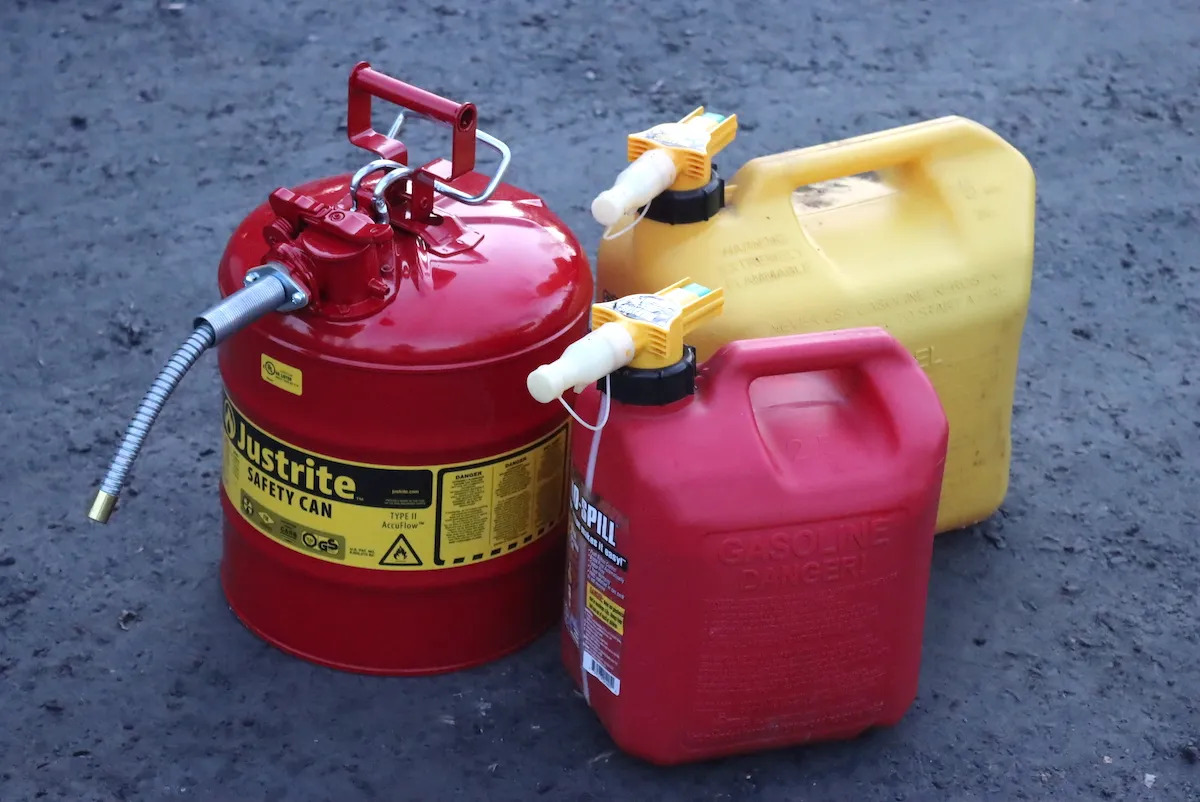

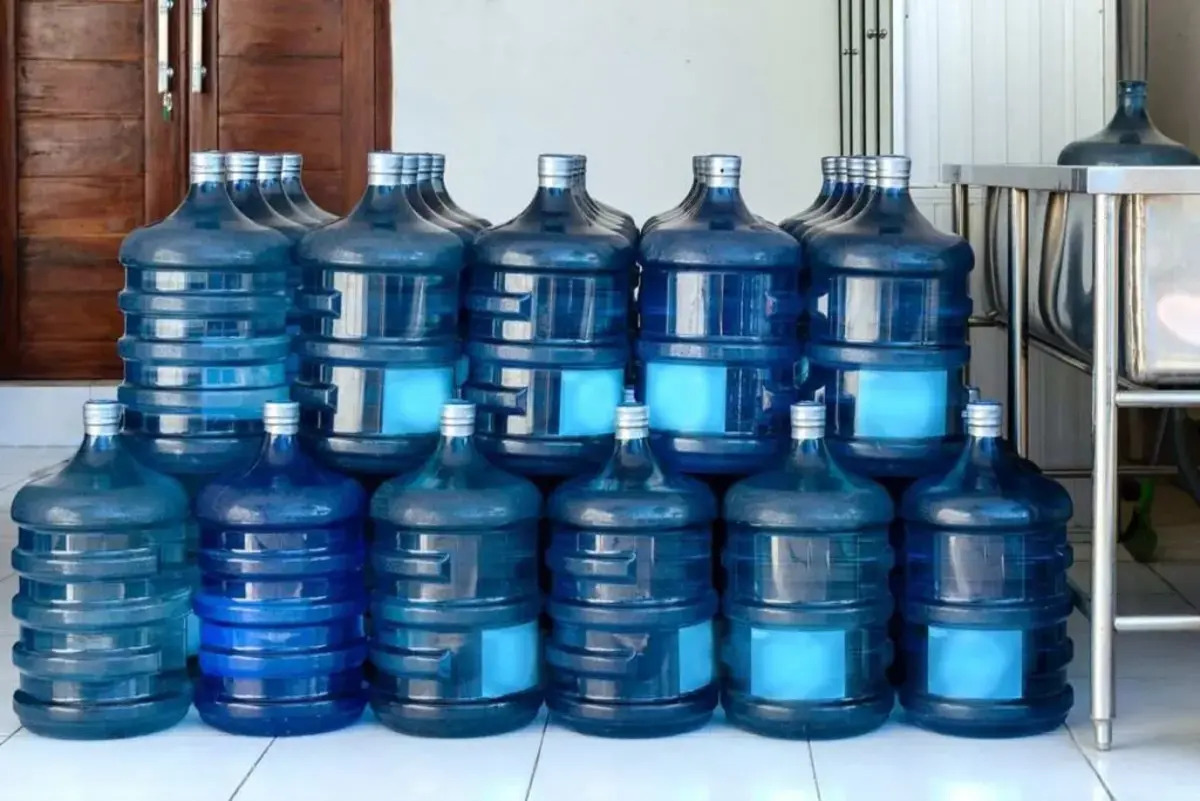
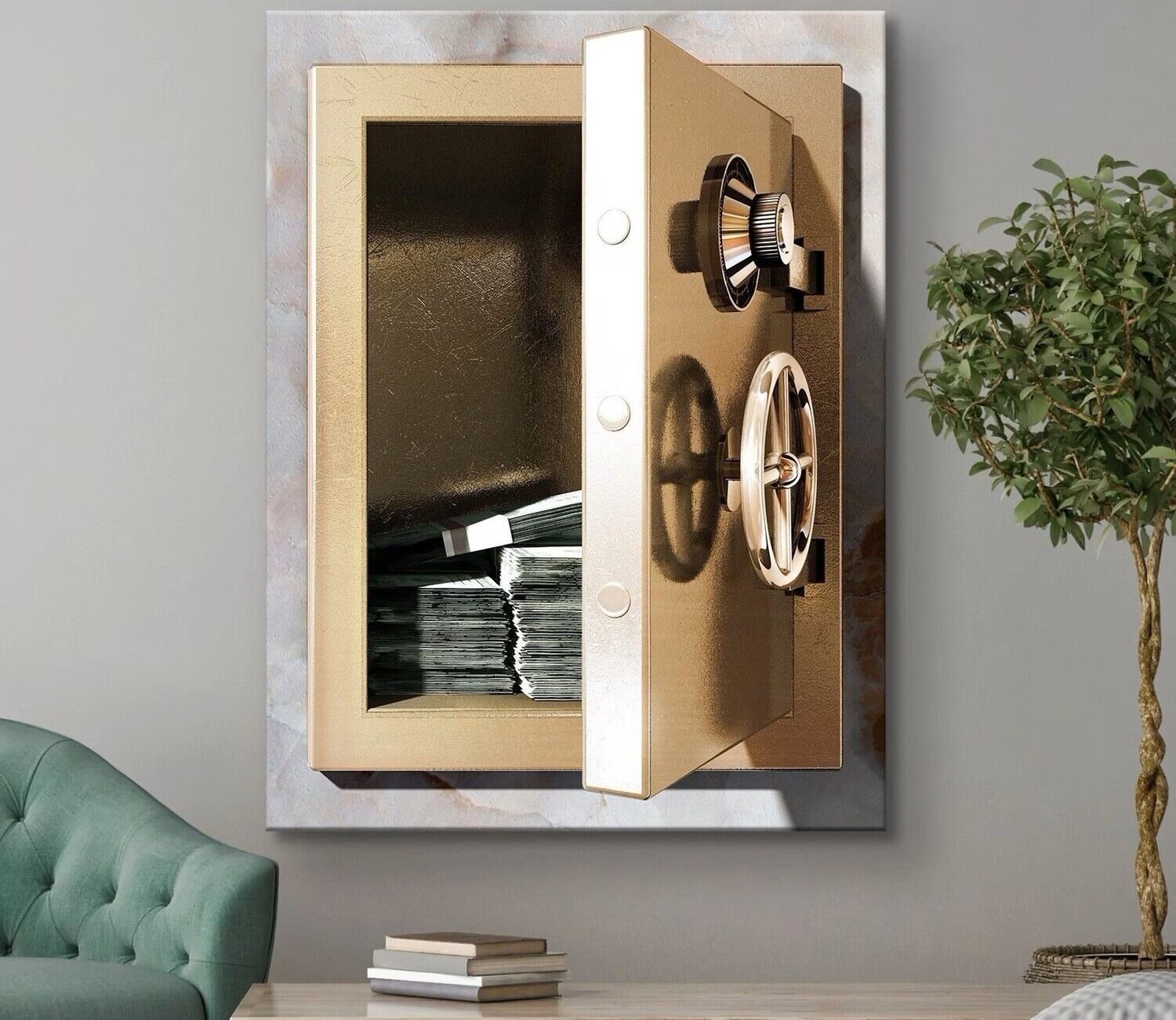

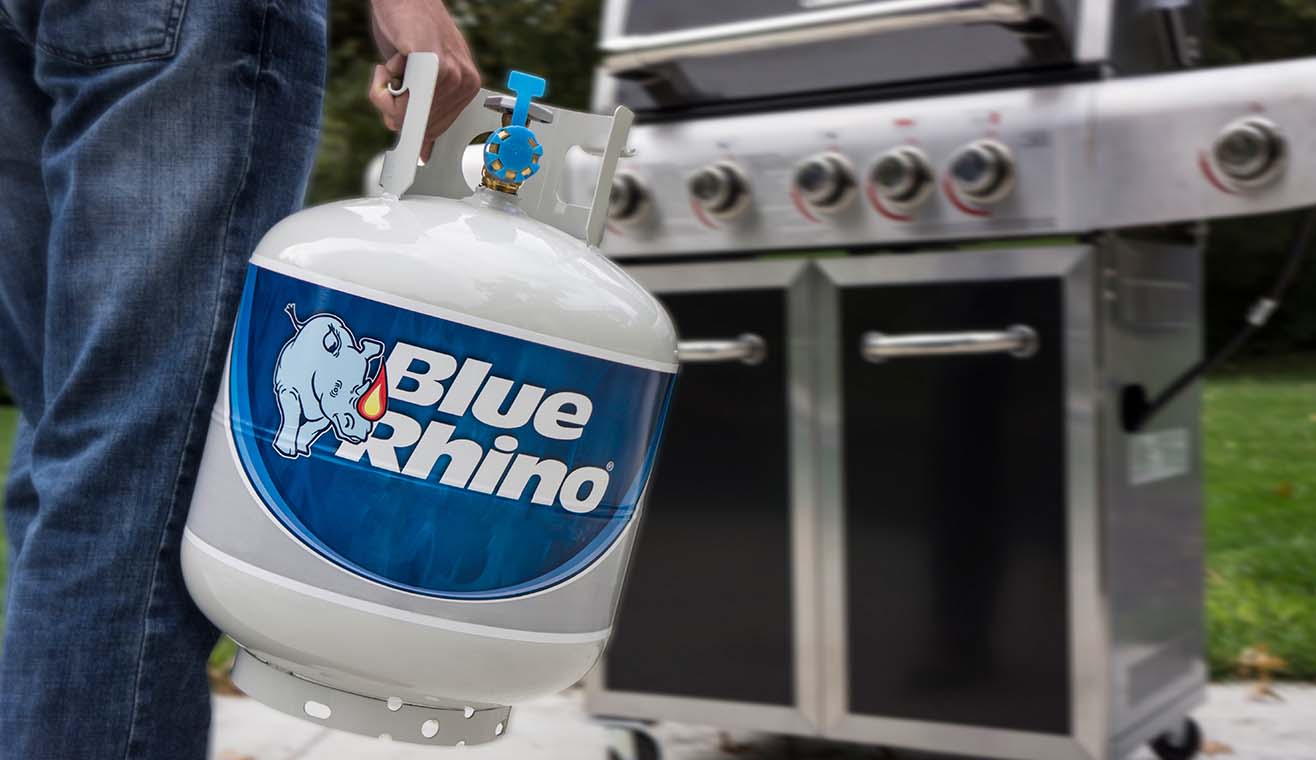

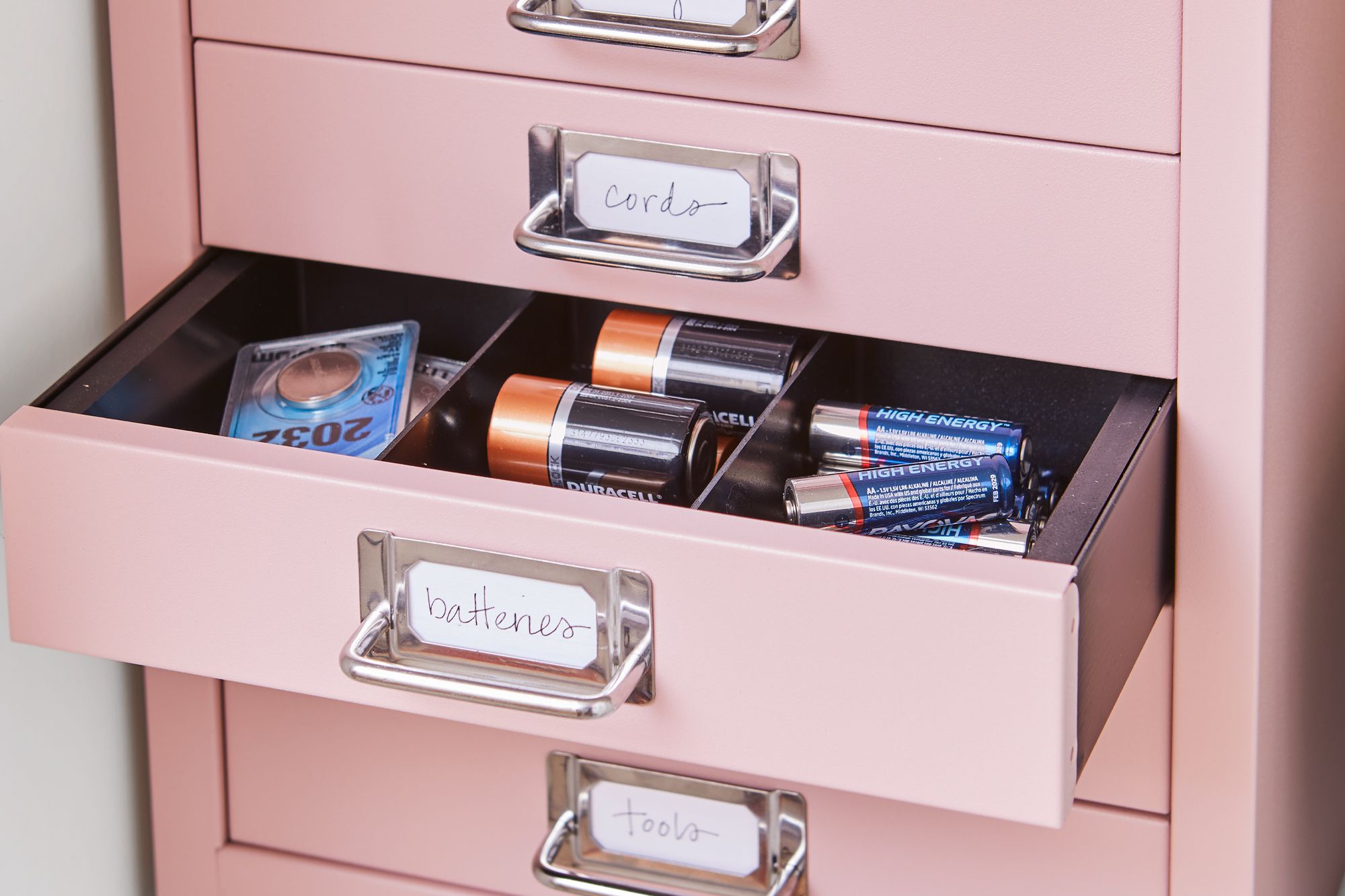
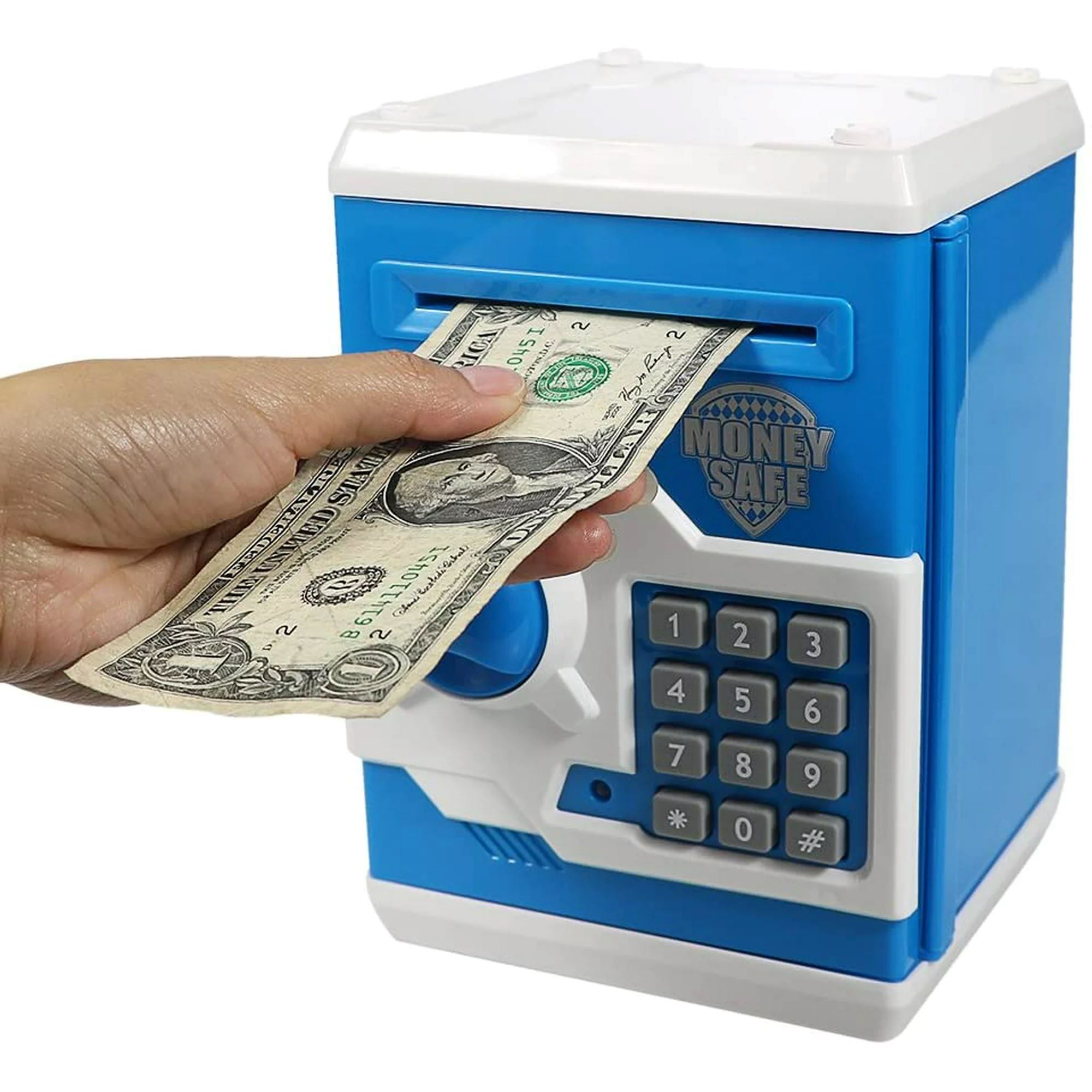

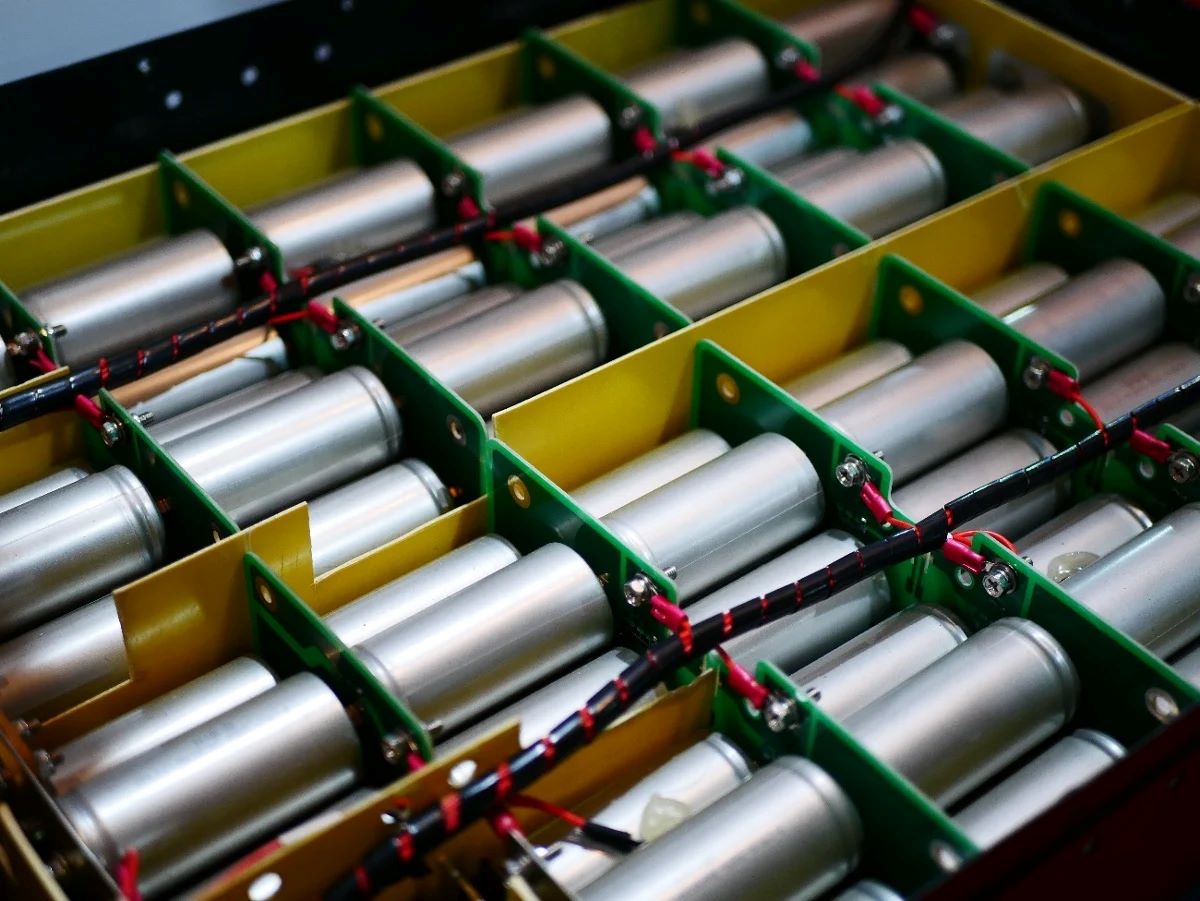

0 thoughts on “How To Safely Store A Refrigerator”